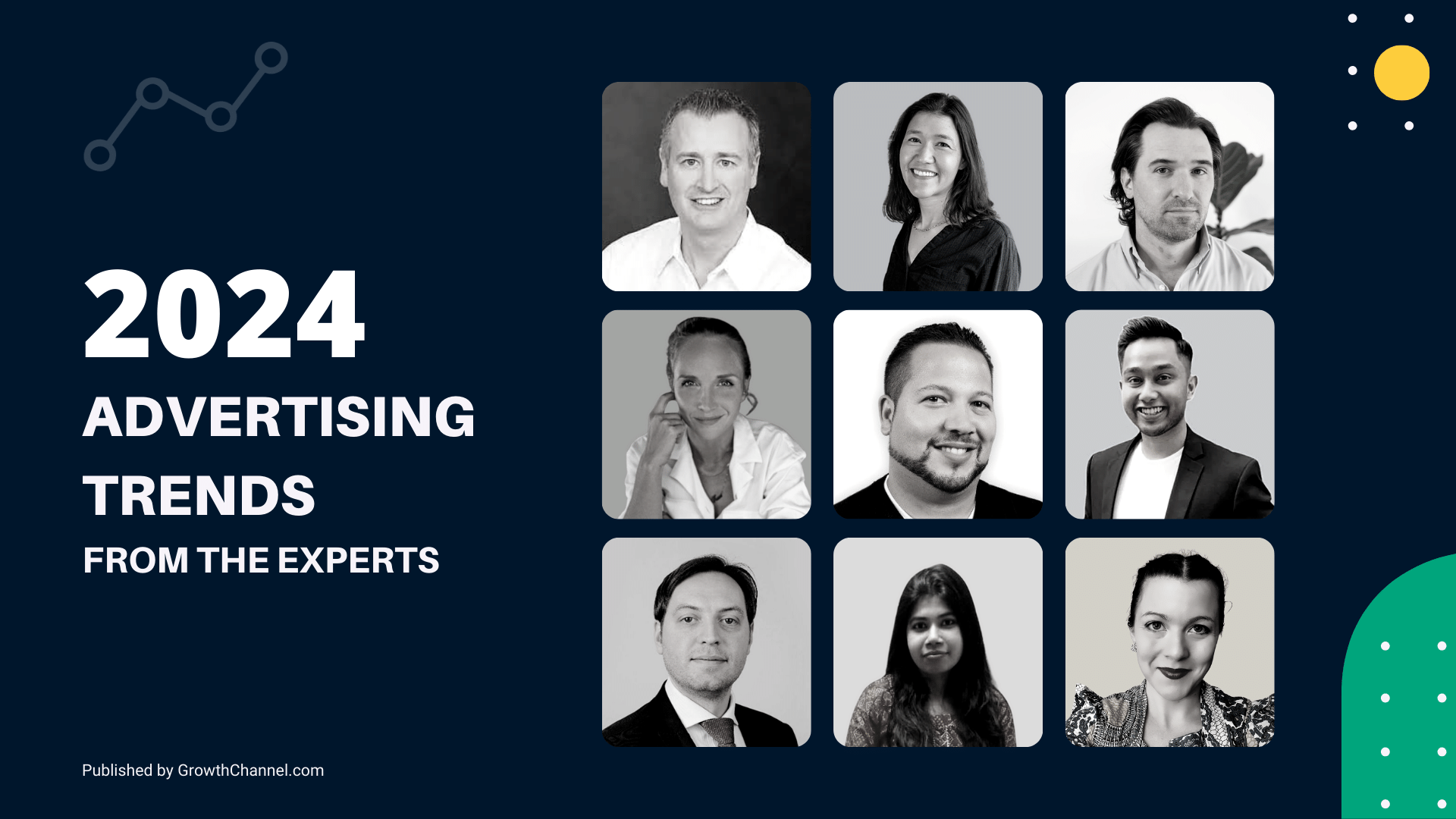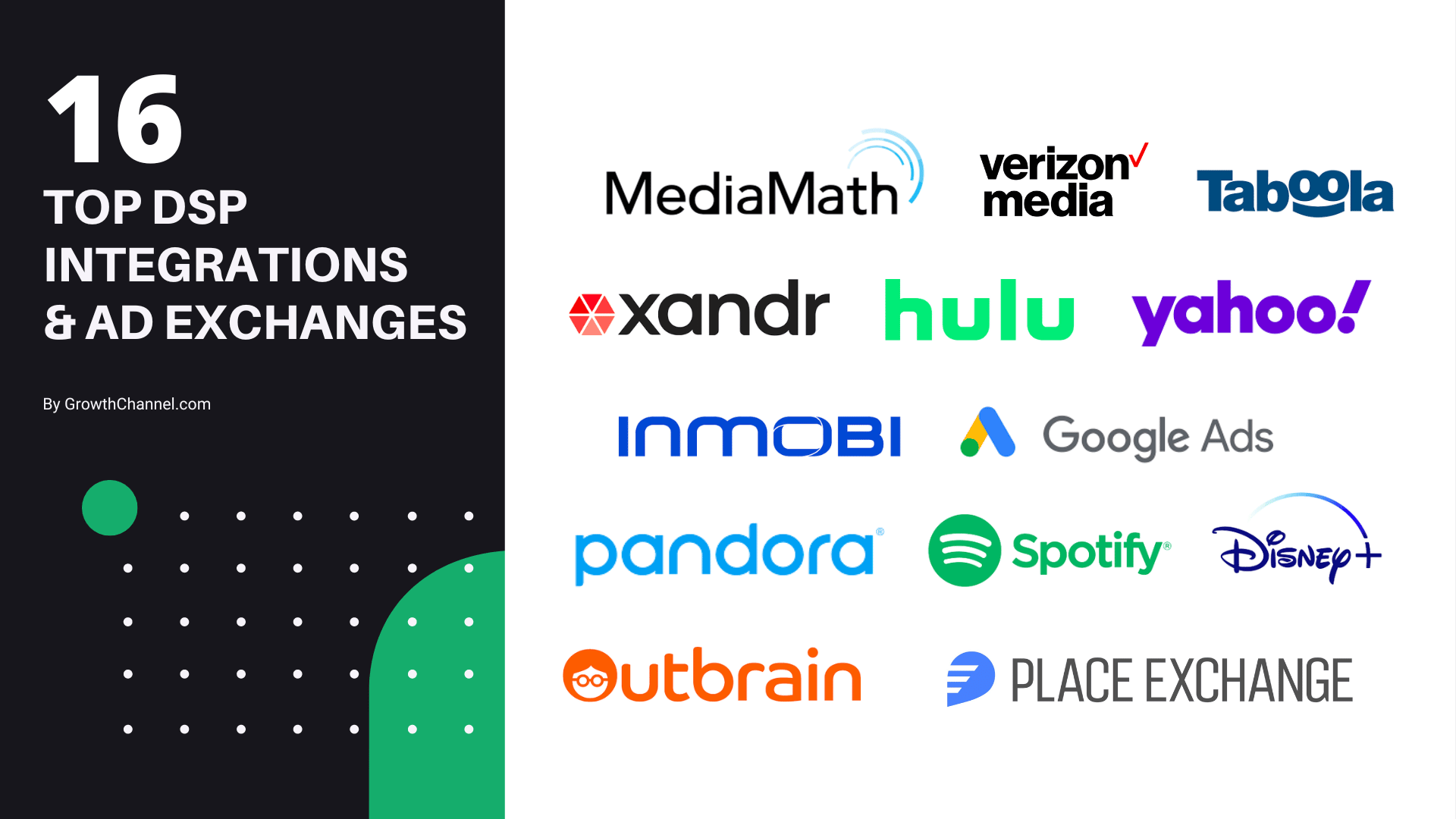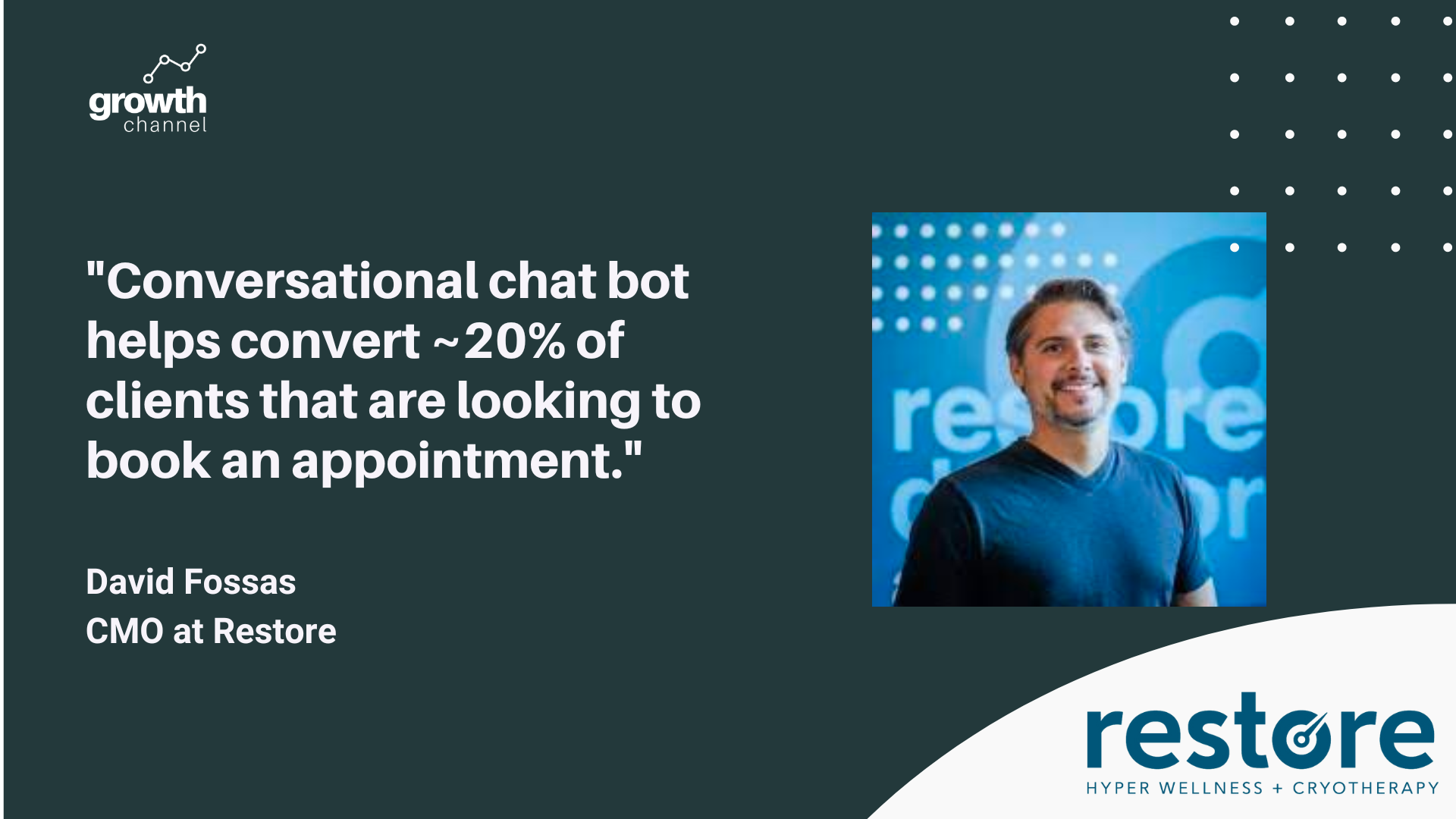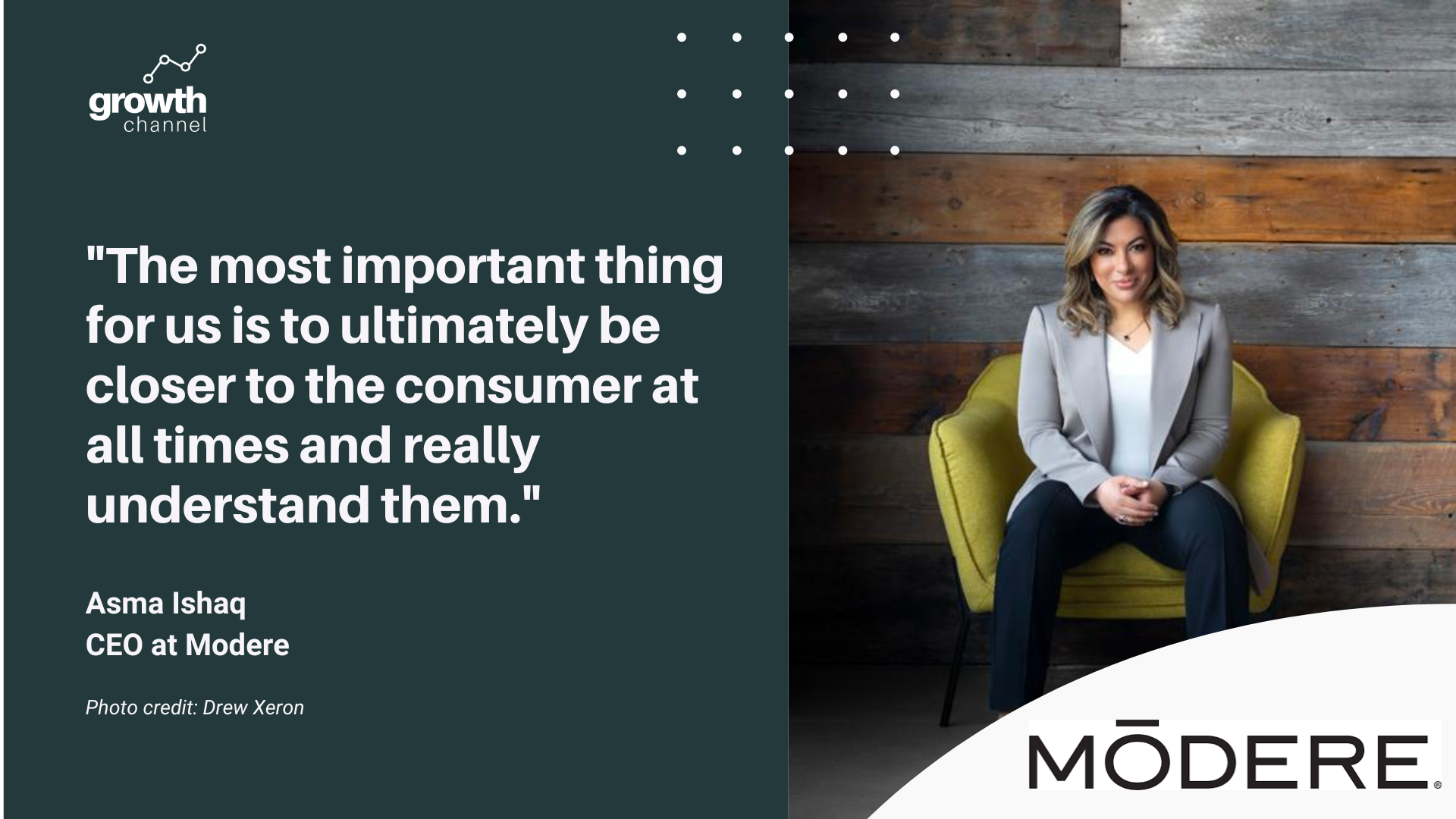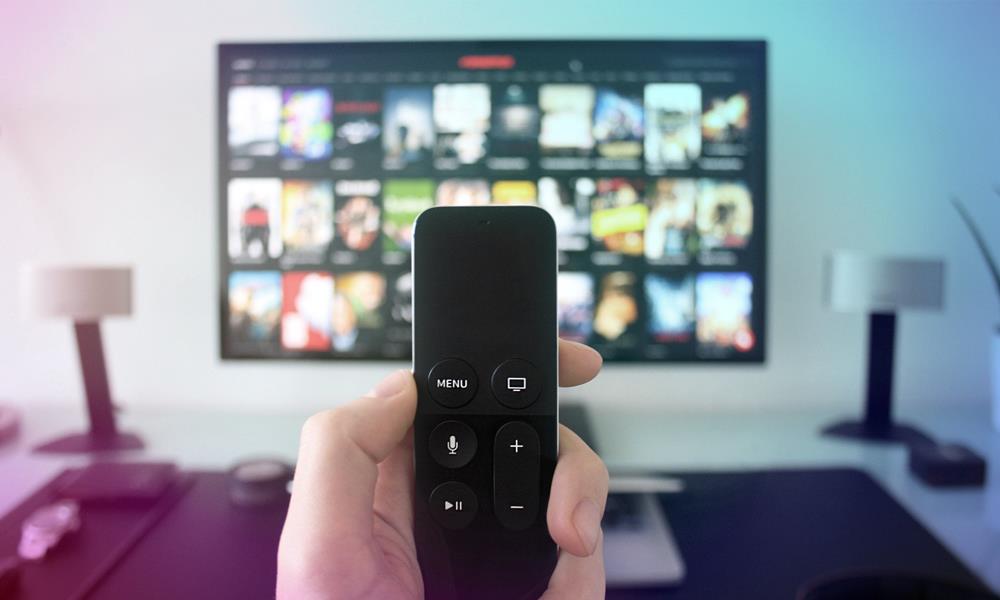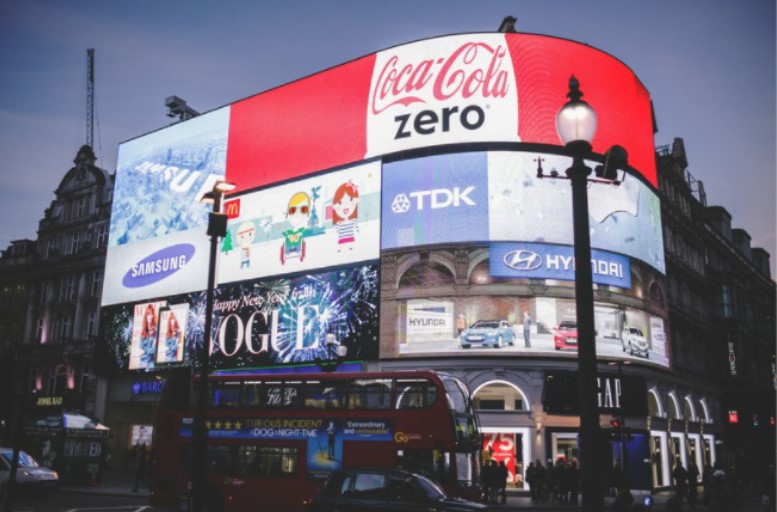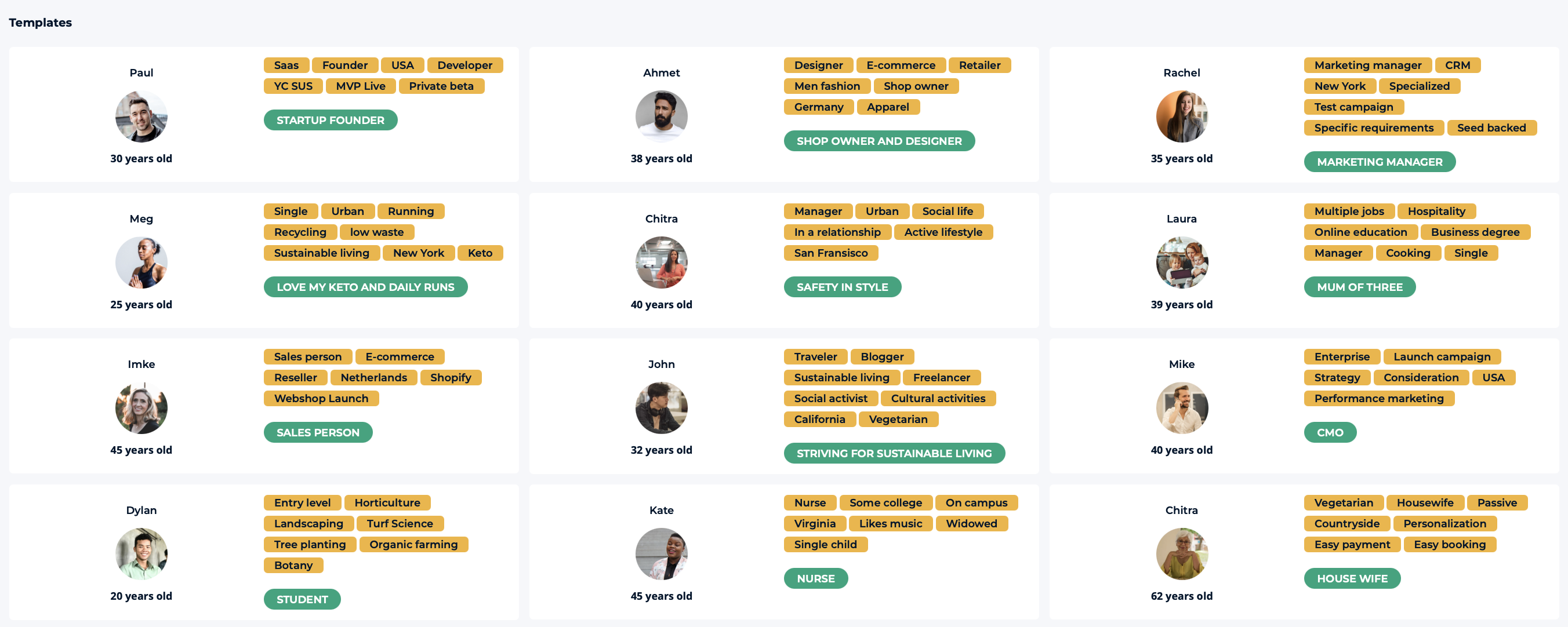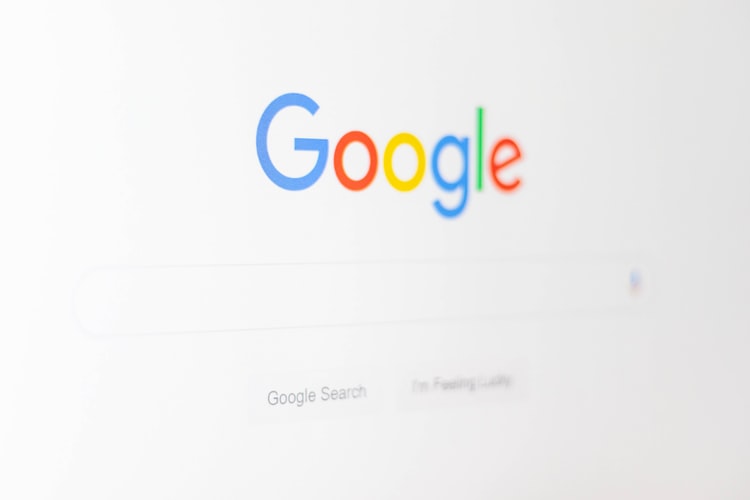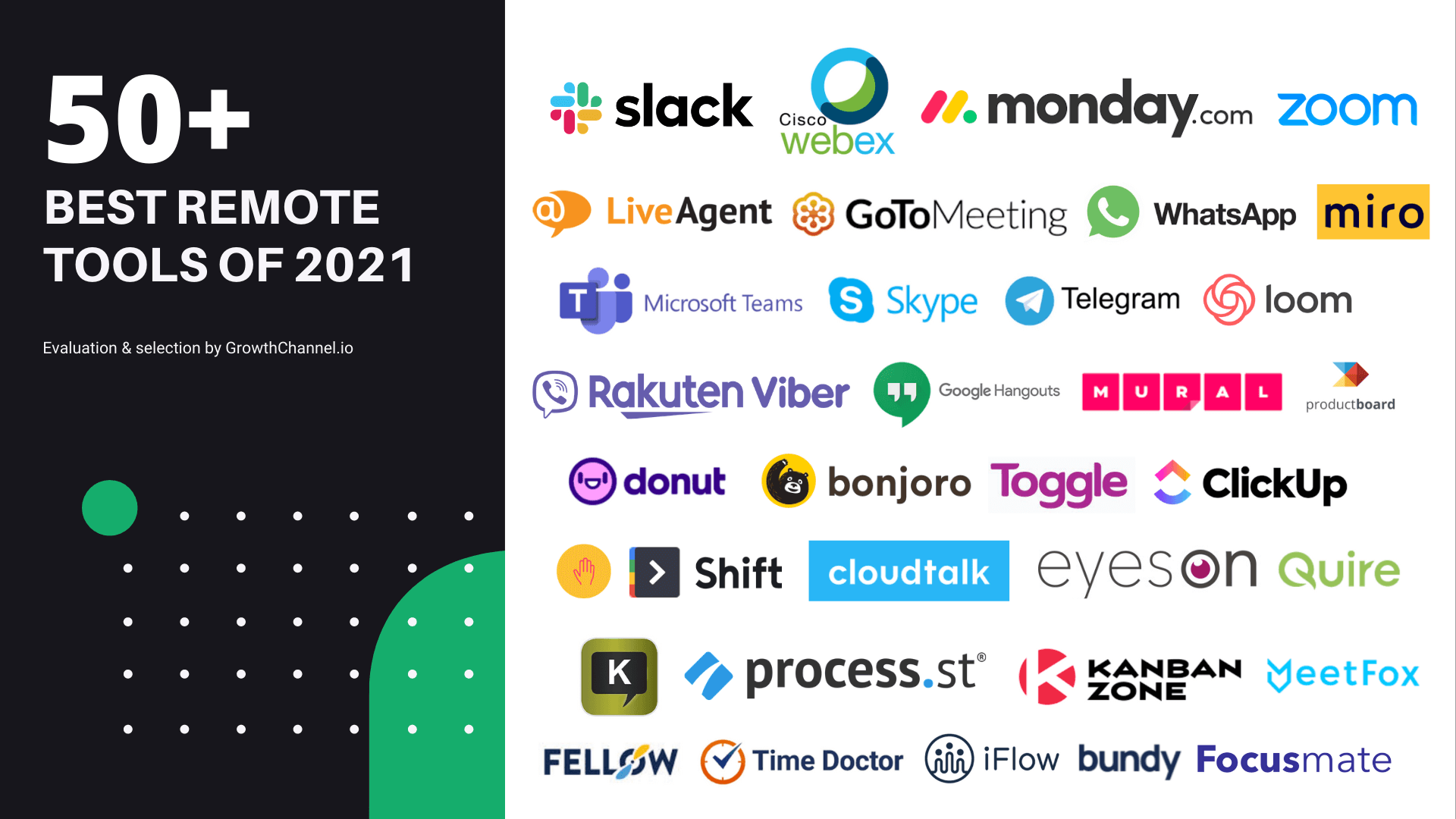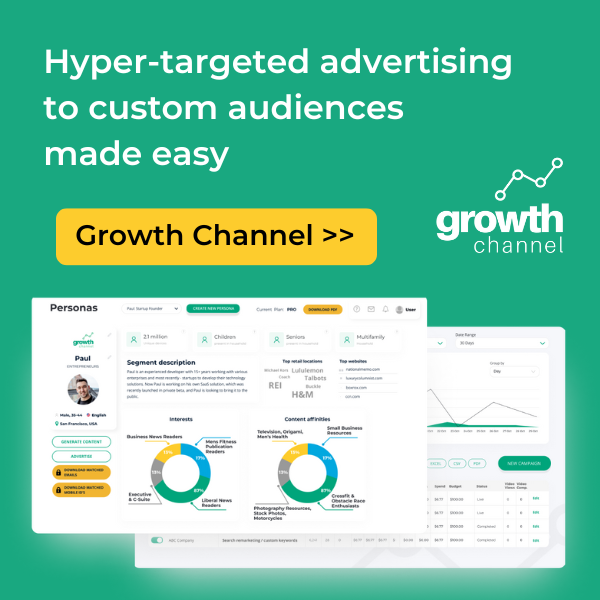There’s a growing trend in the digital content area that’s worth delving into the world of programmatic audio advertising. Although audio is a small part of advertising, it’s growing exponentially. Digital audio’s (including podcasting) share of total digital revenue increased from 2.2% in 2020 to 2.6% in 2021, according to the Internet Advertising Revenue Report 2021 by Interactive Advertising Bureau.
“Audio branding has increased dramatically in importance over the past few years. This is due to a variety of reasons: adoption of personal digital assistants and smart speakers (fuelling the adoption of voice-related searches and interactions; and that podcasting has achieved critical mass as a $2B industry in 2022 and looking to double in 2024. As a result, companies need to think about sonic branding (how their brand sounds) as well as explore the creation of branded content like podcasting. Companies can advertise on podcasts, appear as guests or create their own podcasts.” - Kent Lewis, President & Founder of Anvil Media: The Power of Podcasting
Obviously, audio has a proven ability to hook audiences and generate more engagement. In this article, I’m going to discuss what programmatic audio ads are, the types of audio ads, and the advantages of audio ads over other types of advertising.
What is programmatic audio advertising?
Programmatic is an umbrella term for all the processes enabling the purchase of online display space through automated algorithms. Programmatic audio advertising refers to automatically buying and optimizing digital campaigns in audio products like podcasts, digital radio, and streaming music services.
The programmatic process simplifies the ad-buying workflow with strategically distributed ads based on user behavior. Unlike traditional advertising, programmatic audio advertising enables data-driven targeting to connect with consumers that go beyond those targeted by display or video campaigns.
Types of audio advertising
Here are the five most popular types of audio advertising:
1. Podcast Ads:
Podcasts are quickly becoming the center of attention: there will be about 464 million podcast listeners worldwide by the end of 2022, which translates into 20.3% of internet users. Podcast advertising refers to podcasting as a medium to promote a specific product or offering. This involves podcast ads which are the promotional breaks in podcast content where the host announces an advertisement for a certain company. In some instances, the advertisement is pre-recorded content that is added to the audio. Are you still doubting the effectiveness of podcast ads? Super Listeners 2021 Report revealed that podcast ads were the most recalled ad types - corroborated by 86% of respondents. In short, podcast ads are memorable and efficient in producing tangible engagement.
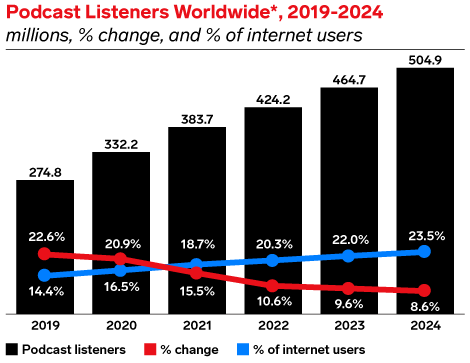
“Podcasts are where the most engaged fans of creators go to hear their unfiltered pondering for hours on end. The influence is exponential, translating into massive return on investment for advertisers who tap into this underground-like medium. It's a medium filled with high income earners with an early adopter mindset: they want to try new things and have the money to make it happen.” - Adam McNeil, VP of Marketing at ADOPTER Media, a Podcast Advertising Agency
2. Ad sequencing:
Businesses use ad sequencing to personalize the message or present information to people in a particular order through multiple ads across one or several audio episodes over time. With this audio ad format, brands build awareness and end the episode with a persuasive call-to-action (CTA). By creating multiple ads and adapting to how the users interact, businesses can avoid saturating the same message over and over again.
3. Skippable Ads:
The main goal of skippable ads is to understand the user’s behavior as well as content interests. Skippable ads typically play before, during, or after audio episodes, so that the listener has an option to skip the ad. Here’s the harsh truth: consumers don’t like ads that get in the way of the content they are listening to. Skippable ads make sense, allowing uninterested people to skip ads instantly.
4. Voice-activated Ads:
Interactive voice ads are a form of audio brand engagement for voice-oriented channels, including smart speakers, voice assistants, mobile streaming services, and in-car infotainment systems. According to the State of Voice 2019 Report by Adobe Digital Insights, a hefty 38% of respondents stated that voice-enabled advertising is more engaging as opposed to online and social media ads. Do you wonder why? Because voice-activated ads speak directly to listeners, creating a two-way dialogue with their audiences. Voice ads are still nascent, yet they have a big potential to disrupt the audio advertising space.
Audio advertising channels
Here, I'll list the three most noteworthy examples of audio advertising channels. Let's walk through each of them in detail.
Audio streaming services:
Audio streaming services like Spotify, Pandora, Deezer, Tidal, and Apple Music are the future of audio. These services have disruptive power that offers brands new opportunities to reach specific audiences. The most significant advantage of investing in streaming audio ads? Ads on services like Spotify follow consumers across all their connected devices, from smartphones to tablets. There is plenty of room for advertising on streaming services. How we know this, you may ask. Audio streaming accounted for 84% of the U.S. music industry revenue — a number that points to an untapped opportunity that brands should embrace now.
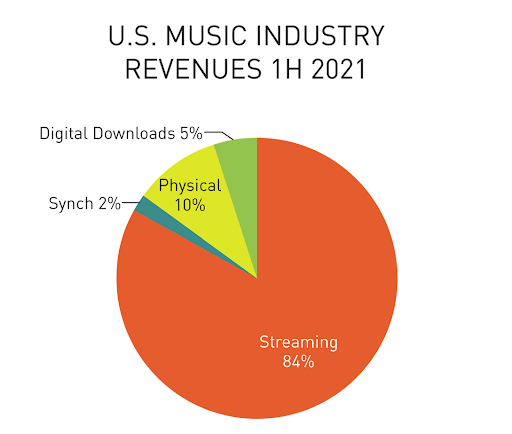
Traditional radio or AM/FM radio:
Unpopular opinion — traditional radio is still very much alive! Perhaps not as fancy as digital audio, traditional radio still makes up the majority of audio ad spending. In 2021, over 75% of the time that US adults spent listening to ad-supported audio went to AM/FM radio, where podcasts came way behind traditional radio, grabbing only 11% of ad-supported listening. This number alone proves that AM/FM radio still shouldn’t be underestimated by advertisers and brands.
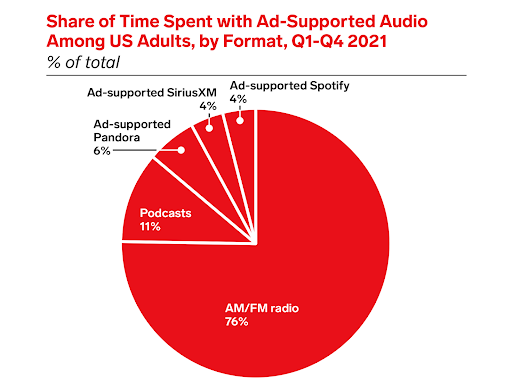
Social media:
Users view social media as a visual medium where photos, text, and video make up most of the social media content. That said, audio advertising on social media is gaining traction. Some of the prominent social media platforms that have been testing with programmatic audio ads are YouTube, Facebook, LinkedIn, and Clubhouse. Besides those names, Reddit has also started testing its own take on audio social in 2021, with audio rooms within subreddits. Such a feature would seemingly provide an excellent opportunity for Reddit users to enhance their community engagement via real-time chats.
Benefits of programmatic audio advertising
"Would you take a recommendation from your best friend? Yes, you probably would. And do you know who else speaks to your ideal customers every day in their headphones on their way to work? Their favourite podcast host… So what if, you were able to pay that podcast host to recommend your brand... would that be impactful for the listener? You got it. Yes it would. This is the power of audio advertising: you enter into someone's world as a recommendation from someone that your ideal buyer, knows, likes and trusts. So much more powerful than a billboard." - Tom Hunt, Founder at Fame and bCast
There has been continued growth in consumption when it comes to online audio listening. Numbers don’t lie: the average time spent listening per week was over 16 hours in the US in 2021, a substantial increase from 15 hours recorded in 2020. These numbers represent a historic opportunity for advertisers to reach new audiences via audio ads. There are numerous potential benefits of programmatic audio advertising which I cover below.
1. High precision targeting
Wouldn't it be amazing if your customers walked around with telling signs indicating their interest in your product or offering? Customers now live digital lives where it is an entirely different game to figure out customer interests and preferences.
As a result, marketing campaign personalization is moving from a novelty to a necessity. Programmatic audio advertising makes it possible for advertisers to engage with the right people at the right time, which means no more unwanted products and offers that are a major turn-off for customers.
2. Higher recall rate
The power of brand recall to generate more sales is a force that digital marketers should never undervalue. Once a customer develops a connection with your brand, they're more inclined to buy from you again without giving it much consideration, says HubSpot. Audio advertising has a 24% higher recall rate than traditional display ads. In short, programmatic audio advertising enables you to capture customers with a memorable brand personality and promote your brand strategically.
3. New audiences
One of the most considerable pain points that advertisers face? That'll be reaching their target audience effectively. With all of the available digital channels at companies’ disposal today, it can be challenging for advertisers to maximize their marketing budgets. Every business wants new audiences, and the best way to find them is indeed to try new methods or channels. A successful marketing plan has to reach audiences at scale and efficiently — this is exactly what programmatic audio advertising does.
4. Emotionally charged content
People rely on emotions over information when making brand decisions. Consumers respond to ads that move them, and audio ads have a higher potential than online or social media ads to build an emotional connection in meaningful ways. Audio is a powerful storytelling medium, and when implemented strategically, it provokes emotion, inspires audiences, and generates lasting memories.
Audio advertising not only provides delivery of brand messages but also enables brands to insert themselves into the consumers' own stories. Did you know that? Consumers will be 46% more likely to prefer your brand over others if you conjoin a recognizable tune with it.
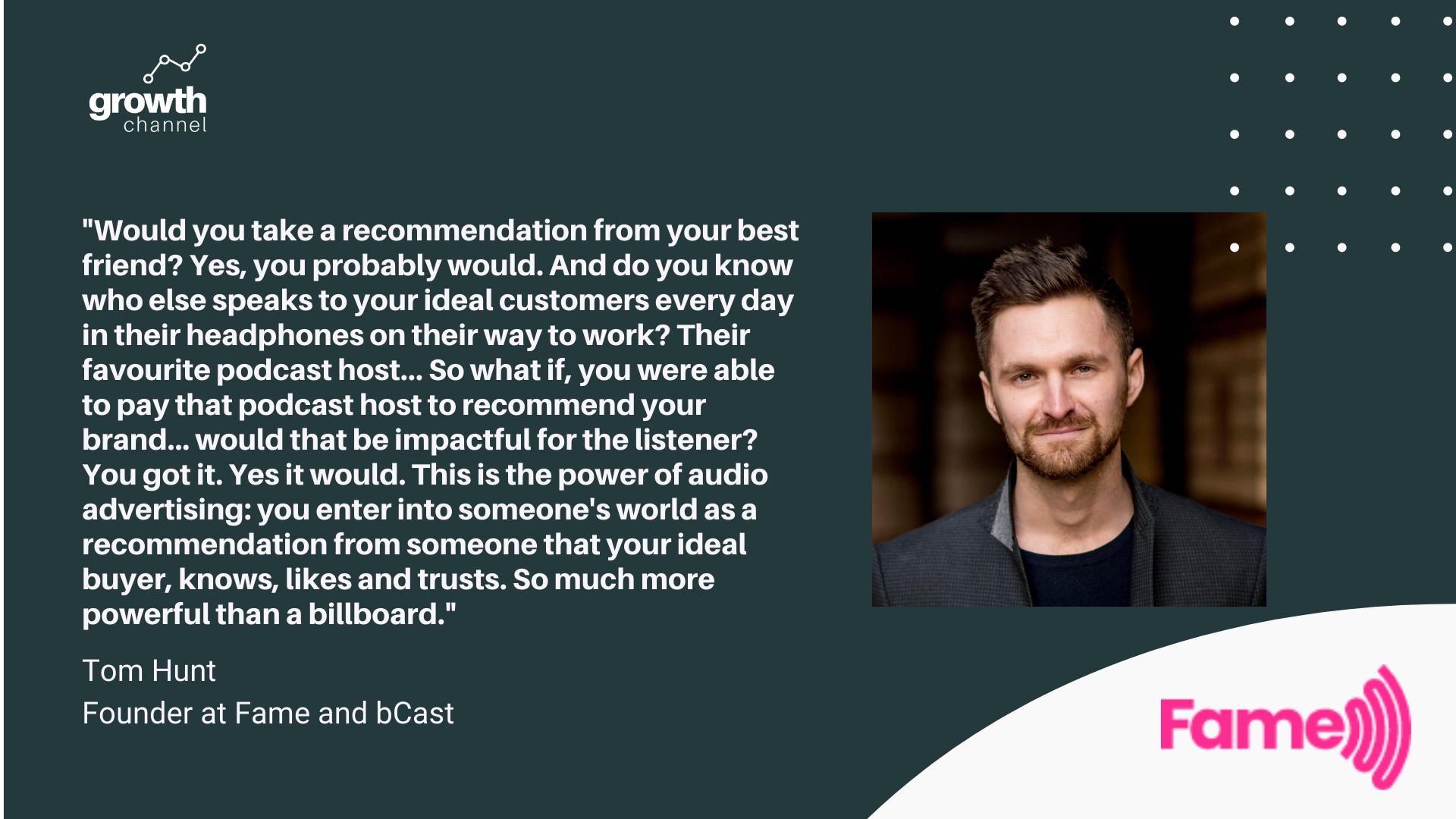
Case study on audio advertising: Kia & branded playlist on Spotify
In 2016, Spotify expanded its revenue possibilities by rolling out sponsored playlists where brands could sponsor Spotify’s most popular owned and operated playlists. Sponsored playlists connect the brand with a loyal fanbase of listeners across their favorite playlists.
Kia is the first car company brand to take part in Spotify’s new sponsored playlists in 2016. The automaker has sponsored the “New Music Friday” playlist on Spotify to drive awareness and consideration of the 2017 model Kia Sportage. The campaign turned out to be a real success — it generated over 10 million impressions, a 30% lift in brand awareness, and a 100% increase in brand perception.
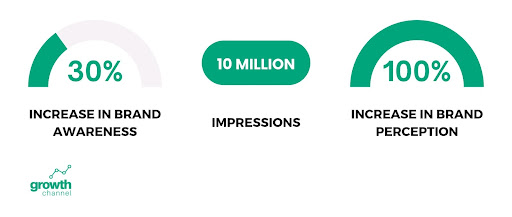
Programmatic audio advertising is a huge opportunity
Audio is flexible in its ability to follow consumers throughout their daily lives. So, the future looks bright for audio advertising, thanks to the rise of podcasting and audio streaming services. Lots of room to grow! And that means new potential ways or revenue opportunities for brands and marketers to reach out to specific audiences or target groups with audio content. If you haven’t started thinking about audio-driven advertising yet, now’s the time to start.
Growth Channel Activate offers audio advertising without any minimum ad spend requirements and advanced audience targeting capabilities. The platform gives access to 15 audio ad exchanges including premium publishers such as Spotify, Pandora, and SoundCloud.


